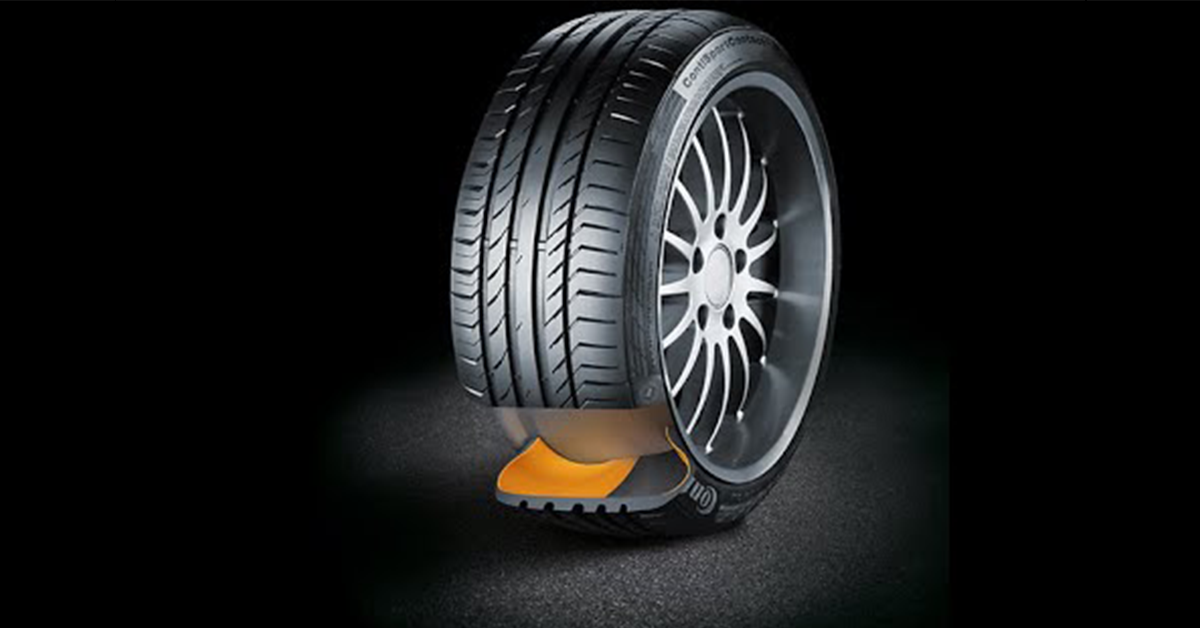Some situations are unpredictable, just like inflated tyres, and you hate every single second of it, but thanks to the innovation indeed, "run-flat tyres" or "self-supporting tyres," which allow users to travel for some miles in the situation of flat tyres. Some cars have an inbuilt TPMS (tyre pressure monitoring system) which gives an advantage to the user and also signals in case of low air pressure and tyre blowouts. In this blog, we will discuss run-flat tyres and whether they are really worth installing.
What are run-flat tyres?
Run-flat tyres(RFTs) are specially designed tyres that allow the user to travel for some distance after a puncture has occurred, these tyres are made up of heat-resistant rubbers which support the weight of the vehicle and passengers during little or no air pressure situations.
The sidewalls of these tyres are comparatively thicker than conventional or regular tyres as they don’t rely on air pressure.
Can regular tyres be used with RFTs?
The answer to that will be yes but under certain situations or in a temporary situation as not all tyres are designed to give the same results.Before replacing the tyre one should read the user manual because without the knowledge about the tyre one can put him/her and others in danger.
Every tyre has its own specification and one should know it otherwise it will end up causing an imbalance in handling
In addition, if you are going to use conventional tyres, you have to make sure that the tyres you select meet the vehicle manufacturer's specifications for size, speed, load capacity, and inflation pressure.
Having RFTs has both pros and cons
First, we go through the pros
1. You may travel for a limited distance
During blowouts, it allows users to travel for a limited distance so that they don’t have to wait for a tow car and they can easily drive to the nearest garage.
2. Extra space in the trunk
As you don't have to put the spare part in the trunk, no jackhammers, nothing just an empty space.
3. Stability during blowouts
The vehicle will be in control as compared to the vehicles with regular tyres, and the user can easily and safely drive to a limited distance (depending on the road and tyre pressure).
4. Time-saving
Don’t need to stop in heavy traffic and get out of the car to change those dirty tyres, you can easily drive to the nearest garage.
Now let's look at the cons since everything has its downsides
1. No spare tyres
Using RFTs can pose a problem if one tyre loses its air pressure completely and you need to get somewhere urgently but do not have a spare and the tools.
2. Quite costly
There are certain conditions under which you can repair RFTs, otherwise, you'll have to buy a new pair of tyres since they are more expensive than conventional tyres.
3. Shelf life is shorter
Because of the design of the treads, RFTs have a shorter shelf life than regular tyres, and punctures prevent them from being recovered.
4. Finding a flat is difficult
It is hard to find flats in vehicles with RFTs due to the design of the tyres. Their sidewalls don't change and make it difficult for the user to tell whether they're low on air pressure or punctured.

